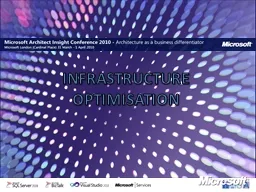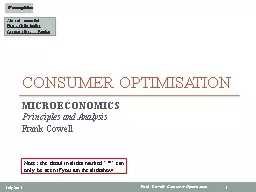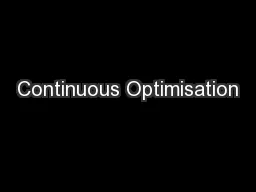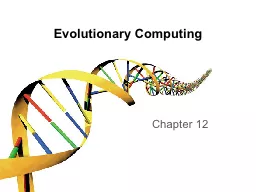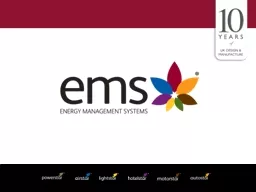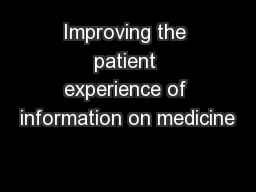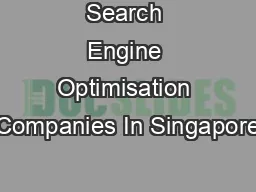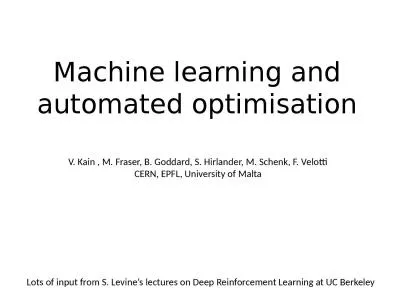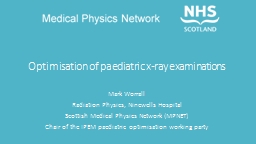PPT-INFRASTRUCTURE OPTIMISATION
Author : min-jolicoeur | Published Date : 2016-09-07
What Customers ask for What this means for IT Growth Customer service Regulatory compliance Device management Varying skill sets Mobility PC maintenance Server sprawl
Presentation Embed Code
Download Presentation
Download Presentation The PPT/PDF document "INFRASTRUCTURE OPTIMISATION" is the property of its rightful owner. Permission is granted to download and print the materials on this website for personal, non-commercial use only, and to display it on your personal computer provided you do not modify the materials and that you retain all copyright notices contained in the materials. By downloading content from our website, you accept the terms of this agreement.
INFRASTRUCTURE OPTIMISATION: Transcript
Download Rules Of Document
"INFRASTRUCTURE OPTIMISATION"The content belongs to its owner. You may download and print it for personal use, without modification, and keep all copyright notices. By downloading, you agree to these terms.
Related Documents

